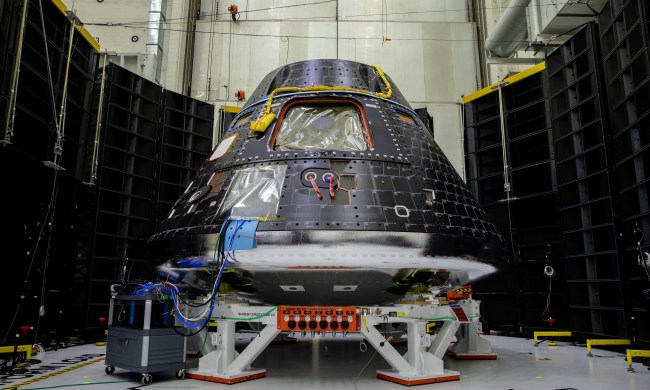NASA is about to take a big step toward the launch of its Artemis I lunar mission when it transports its next-generation Space Launch System (SLS) rocket to a launch pad at the Kennedy Space Center in Florida for testing next week.
NASA’s giant crawler vehicle will haul the SLS rocket — with the Orion spacecraft on top — from the Vehicle Assembly Building to Launch Pad 39B on Thursday, March 17, the space agency announced.
The four-mile journey (shown below) will take between six and 12 hours to complete. Fans of slow TV can watch the rocket’s arrival at the launch pad by visiting the Kennedy Newsroom YouTube channel from around 4 p.m. that day.

“At the pad, NASA will conduct a final prelaunch test known as a wet dress rehearsal, which includes loading the SLS propellant tanks and conducting a launch countdown,” the space agency said. The results of the test will enable NASA to determine if it’s ready to move forward with mission activities.
The fully stacked SLS rocket stands at 322 feet (98.1 meters) and, when it blasts off from the launchpad for the very first time, will create around 8.8 million pounds of thrust — 13% more than the space shuttle and 15% more than the Saturn V rocket that powered astronauts to the moon during the Apollo lunar missions five decades ago.
If testing goes to plan, Artemis I could get underway in May, with the SLS rocket sending the Orion spacecraft on a crewless flyby of the moon in a mission lasting around 26 days.
If the rocket functions as it should and Orion returns safely to Earth, Artemis II will send a crew on the same journey in the next couple of years. Following that, Artemis III will send the first woman and first person of color to the lunar surface before the end of the decade in what will be the first crewed landing since 1972.
The early Artemis missions will also pave the way for a long-term lunar presence and serve as a stepping stone for crewed voyages to Mars and possibly beyond.


